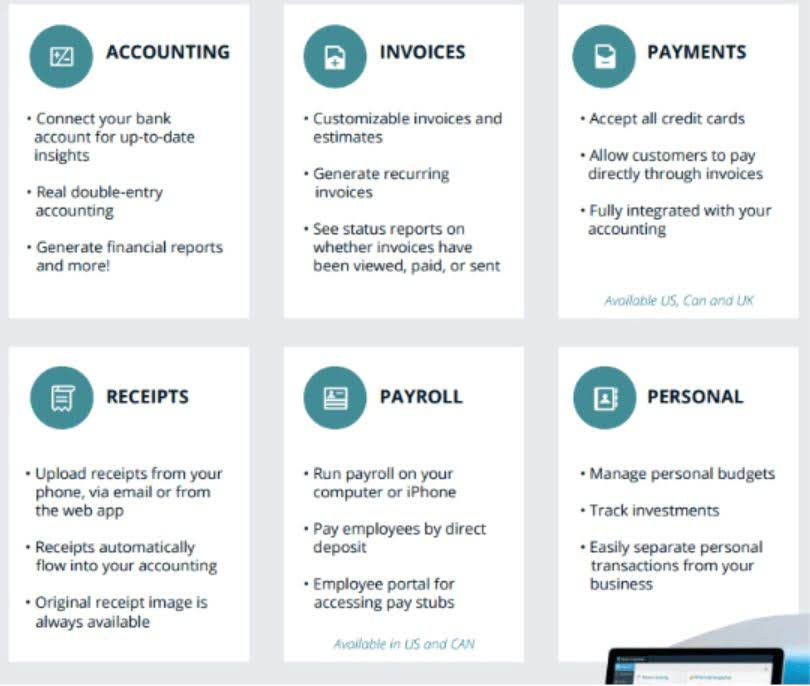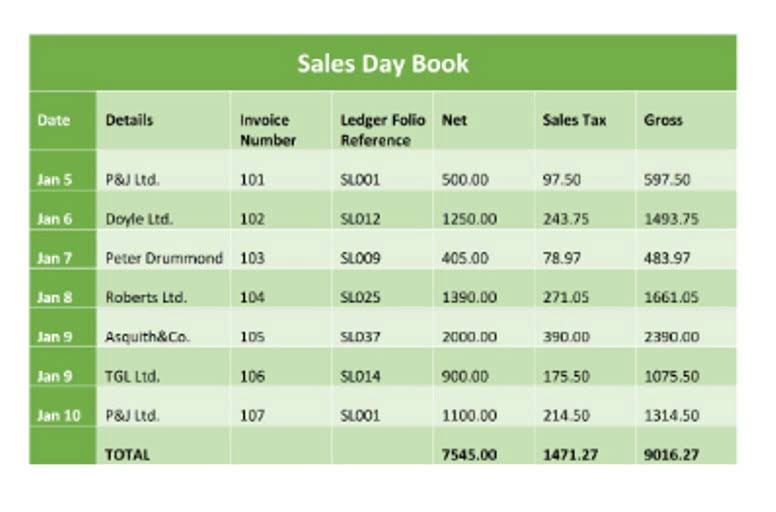
The Financial Modeling 2-Days Bootcamp — covers forecasting, cost analysis, and dynamic financial modeling—ideal for analysts and finance professionals. Below is a break down of subject weightings in the FMVA® financial analyst program. As you can see there is a heavy focus on financial modeling, finance, Excel, business valuation, budgeting/forecasting, PowerPoint presentations, accounting and how would you characterize financial ratios business strategy.
- As you can see there is a heavy focus on financial modeling, finance, Excel, business valuation, budgeting/forecasting, PowerPoint presentations, accounting and business strategy.
- Six important ratios include the current ratio, quick ratio, debt-to-equity ratio, profit margin, return on assets (ROA), and return on equity (ROE).
- However, it is a highly useful metric for evaluating e-commerce businesses.
- Asmentioned before, a firm might have apparent weaknesses in one areathat are offset by strengths in other areas.
- Withdrawals of cash by the owner are recorded with a debit to the owner’s drawing account and a credit to the cash account.
- The acronym for earnings before interest, taxes, depreciation, and amortization.
Relevant Ratios for Financial Analysis
Analyzing a company’s financial ratios is one way of examining a company’s balance sheet and income statement. Financial ratios track a company’s performance, liquidity, operational efficiency, and profitability. Some investors use ratios to compare companies and select between potential investment opportunities. While seasoned professionals may be able to draw conclusions about a company simply by looking over their financial statements, they use financial ratios to document their findings.

What is Financial Ratio Analysis?

Still, understanding industry and sector averages can help business valuation firms determine where a given company or stock stands compared with its peers. For example, suppose a business valuation firm is evaluating an acquisition opportunity for a client. A low level of current assets compared with the company’s monthly expenses will quickly raise a red flag that the company is not in an adequate liquidity position. This information will significantly inform the business valuation process.
#19 – Interest Coverage Ratio Analysis

Even if how is sales tax calculated the company earns much higher sales in the current period than last year, it may not generate the same profitability. Analysts can assess this by comparing the gross profit margins for the two periods. Ratio analysis helps assess a company’s financial health by comparing key metrics like profitability, liquidity, and efficiency.
- However, the specific benchmark for an attractive Current Ratio is dependent on the industry.
- In this concluding section, we delve deeper into the significance of financial ratios, exploring their utility, limitations, and practical implications.
- The solvency ratios also called leverage ratios help to assess the short and long-term capability of an organization to meet its obligations.
- Think of ROE as a scorecard for how well the company is using your money.

The dividend yield ratio measures the value of a company’s dividend per share compared to the market share price. Companies use the return on assets ratio to determine how much profits they generate from total assets or resources, including current and noncurrent assets. The asset turnover ratio measures how much net sales are made from average assets. This ratio compares a company’s share price to its earnings per share (EPS). A high P/E ratio could indicate that the market expects high growth rates in the future, whereas a low P/E might suggest the stock is undervalued or that the company is experiencing difficulties.
The ITO ratio indicates that for every $1 ofinventory, the firm generates an estimated 10.67 dollars of revenueduring the year. Investors have been willing to pay more than 20 times the EPS for certain stocks when they feel that future earnings growth would give them adequate returns on their investments. Financial ratios help senior management and external stakeholders measure a company’s performance. The earnings per share ratio, also known as EPS, shows how much profit is attributable to each company share. The day sales in inventory ratio calculates how long a business holds inventories before they are converted to finished products or sold to customers.
- The Securities and Exchange Commission (SEC) requires public companies to disclose their financial standing by filing several forms.
- In other words, the numbers provided by the liquidity ratios will be intersected with other metrics (such as profitability ratios and leverage ratios).
- A good return – assets percentage is considered to be anything over 5%; a percentage below that could mean the company isn’t profitable enough.
- Likely the company has taken on too much debt or has insufficient cash on hand.
- Financial ratios are an excellent tool for understanding if the company’s performance is improving or declining.
- This ratio serves a similar purpose as the Current Ratio, but takes the assets one step closer to actual cash.
Indicates the amount of time customers are taking to pay their bills. In summary, the investment was profitable, and the investor would have earned a 60% return. However, there are some limitations to this method of financial analysis that are worth noting. Typically, the ratio is found by dividing one metric by the other to find the relationship between them. This https://soft.legal/coffee-shop-financial-model-template-excel/ data should be readily available for publicly traded companies.
